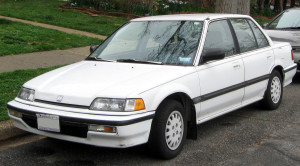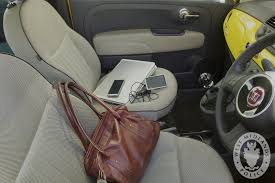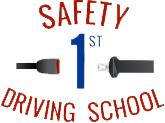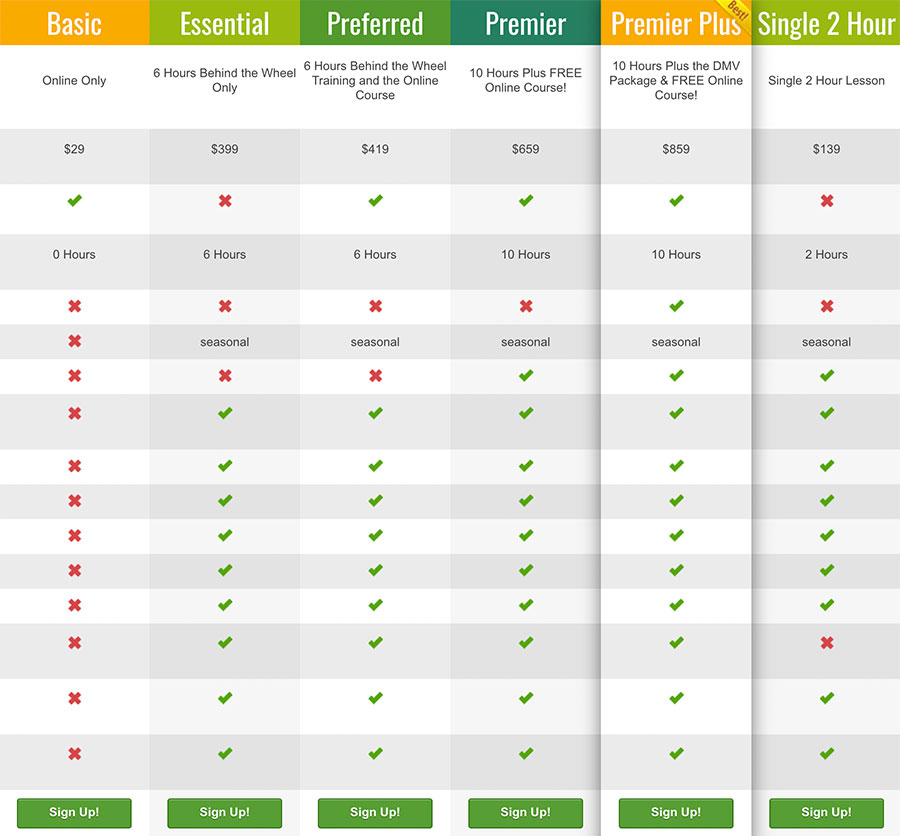We’ve written on this topic before, but after a quick look at the local news, we think it’s high time for a refresher course on protecting your car from theft – whether things in your car, or your car itself.
Who knows why people do what they do. Often with theft, money and/or drugs are involved. Some cars are practically neon signs, just asking for someone to break into them and steal stuff.
Older Cars (especially Hondas), Beware
 You’d think that new cars would be more tempting to car thieves, wouldn’t you? But as it turns out, older car parts are worth more money than newer car parts, because they’re rarer. According to esurance:
You’d think that new cars would be more tempting to car thieves, wouldn’t you? But as it turns out, older car parts are worth more money than newer car parts, because they’re rarer. According to esurance:
In 2013, 7 of the 10 most stolen cars listed by the National Insurance Crime Bureau were made in 2000 or earlier.
Also according to esurance, the most commonly stolen vehicle in the past 5 years has been mid-90s Hondas. Evidently thieves have been able to create master keys to access the ignitions of these models.
Here are 7 Common-Sense Tips for Protecting Your Car from Theft:
1. Don’t Leave the Engine Running
Turn off your car and take your keys with you. Leaving the keys in the ignition is just asking for trouble. And while you’re at it…
2. Close Windows & Sunroof, and Lock Your Car
Yep, even when you’re just running up to the ATM or into Little Caesars to pick up your Hot ‘N Ready pizza.
 3. Take Your Kids (Pets Included!) with You
3. Take Your Kids (Pets Included!) with You
Not only is it illegal to leave small children unattended in a car when it could be dangerous to them (and when the car is still running), but car thieves have actually been known to quickly drive off without knowing there’s a child in the backseat, like this incident that just happened yesterday. A man was parked in his own driveway, put his 2-year-old child in the carseat, and quickly ran back into the house, only to find his car and child gone when he came out. Fortunately the child was recovered safely.
Also yesterday, a man in Portland left his engine running to quickly run into a store (but wanted to leave the car cool for his dog), but while he was gone his car was stolen – and his dog killed as a result. And his car was even LOCKED!
Here’s the law about leaving kids unattended in cars according to the California DMV:
It is illegal to leave a child 6 years old or younger unattended in a motor vehicle without the supervision of someone at least 12 years old when:
- There are conditions that present a significant risk to the child’s health or safety. Example: Leaving a child in a closed car on a very hot day.
- The vehicle’s engine is running, the keys are in the ignition, or both. Children can start or move the car causing injuries and/or deaths to themselves or others. An opportunist may (and many have) seize the moment to jump in and drive your car away, child still strapped in.
4. Park in Well-Lit, Busy Areas
If you’re going to be out past dark, park under a streetlight or in a well-lit, populated area. Where there are people, there are less likely to be car break-ins.
5. Park in the Garage
Time to clean out the ole’ catch-all known as the garage. Toss the rollerblades and broken bicycles and make room for your car!
6. Take Good Care of Your Car
Not only will it keep you safe on the roads and extend its lifespan, saving you money and headaches, but according to jalopnik.com:
A well-maintained car will deter potential carjackers. If they see that you care about and take care of your car, you’re more likely to have an alarm, more likely to have a way to find it, and more likely to notice it missing.
7. Hide Your Valuables
 Leaving shopping bags, money, jewelry, iPod, laptop, and other valuables visible in your car is a welcome sign for a car thief. Cover the stuff or, better yet, put it in the trunk completely out of sight.
Leaving shopping bags, money, jewelry, iPod, laptop, and other valuables visible in your car is a welcome sign for a car thief. Cover the stuff or, better yet, put it in the trunk completely out of sight.
Final Note: if you live in a high-crime neighborhood or want extra protection, you might want to consider purchasing The Club ($35 on amazon.com; it can be defeated but adds some protection and is a visual deterrent), removing your steering wheel, or investing in a good anti-theft alarm system.


